-
Templates
1099 FormsAccurately report 1099 information returns and ensure IRS filing with easeExplore all templatesW-9 W-8 FormsEasily manage and share taxpayer details to streamline payments and meet IRS requirements with confidenceExplore all templatesOther Tax FormsFillable tax forms simplify and speed up your tax filing process and aid with recordkeeping.Explore all templatesReal EstateReal estate templates for all cases, from sale to rentals, save you a lot of time and effort.Explore all templatesLogisticsSimplify your trucking and logistics paperwork with our ready-to-use transportation and freight templates.Explore all templatesMedicalMedical forms help you keep patient documentation organized and secure.Explore all templatesBill of SaleBill of Sale templates streamline the transfer of ownership with clarity and protection.Explore all templatesContractsVarious contract templates ensure efficient and clear legal transactions.Explore all templatesEducationEducational forms and templates enhance the learning experience and student management.Explore all templates
-
Features
FeaturesAI-Enhanced Document Solutions for Contractor-Client Success and IRS ComplianceExplore all featuresAI Summarizer Check out the featureAI PDF summarizer makes your document workflow even faster. Ask AI to summarize PDF, assist you with tax forms, complete assignments, and more using just one tool.Sign PDF Check out the featurePDFLiner gives the opportunity to sign documents online, save them, send at once by email or print. Register now, upload your document and e-sign it onlineFill Out PDF Check out the featurePDFLiner provides different tools for filling in PDF forms. All you need is to register, upload the necessary document and start filling it out.Draw on a PDF Check out the featureDraw lines, circles, and other drawings on PDF using tools of PDFLiner online. Streamline your document editing process, speeding up your productivity
- Solutions
- Features
- Blog
- Support
- Pricing
5 Steps to Create Trucking Invoices & Get Paid Fast

Liza Zdrazhevska
Setting off on the path of owning a transportation business is a noteworthy milestone. Yet, the real hard work begins when you invest effort in making your diligent labor result in timely financial compensation. The question lingers: How to create trucking invoices that will help you get paid on time? Our forthcoming article unveils a comprehensive answer to this question.
Trucking Invoice Template 605c8c8fb7890822b26ae412

Step 1. Find the Right Invoice for Trucking
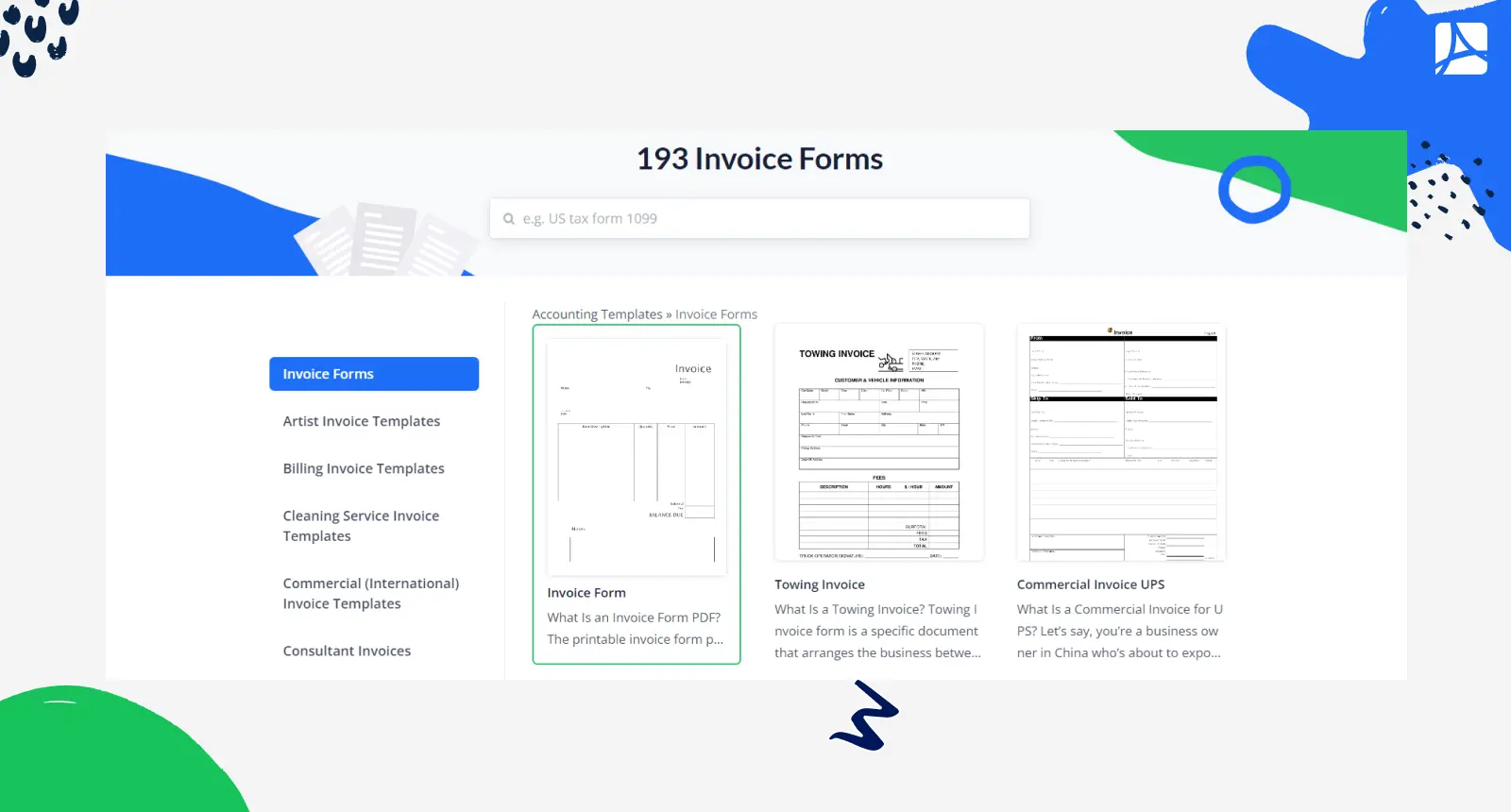
The pivotal stride towards efficient invoicing lies in selecting the ideal form among the numerous trucking invoice templates available online. A well-suited template sets the stage for professional transactions, ensuring clarity and accuracy.
The key elements of a polished invoice include:
- company name and logo for branding;
- contact details for seamless communication;
- invoice number and dates for reference;
- an itemized list of services/goods provided;
- clearly stated rates and charges;
- comprehensive breakdown for transparency.
You can create a freight invoice from scratch, too. However, using a fully customizable template or high-quality truck invoice software is a lot more effective and time-saving.
Step 2. Include Your Company Name and Client Info
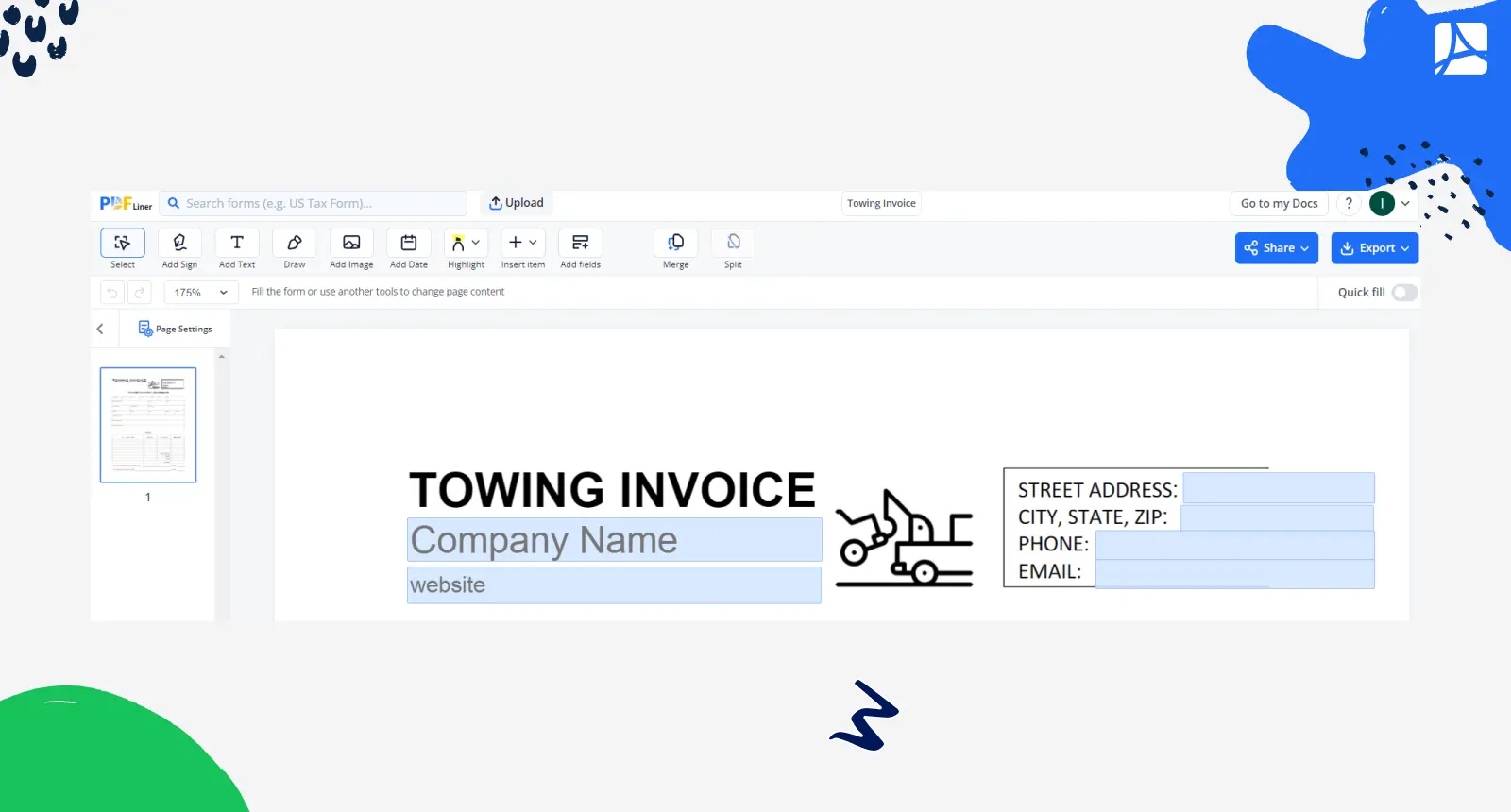
The second step involves the incorporation of vital identifiers: your company's name and pertinent client information. This fundamental undertaking holds significant weight, fostering an environment of professionalism and clarity.
Here's why this step is paramount:
- Clear Identification. Your company name lends credibility, leaving no room for ambiguity.
- Client Relationship. The inclusion of client details strengthens rapport and facilitates swift communication.
- Reference Points. Providing essential information aids for referencing and record-keeping.
By seamlessly weaving these essential elements into your invoices, you fortify the foundation for efficient business transactions, enhancing trust and facilitating seamless interactions. Keep reading for a complete answer to your ‘How to make an invoice for trucking?’ question.
Step 3. Add Vital Details
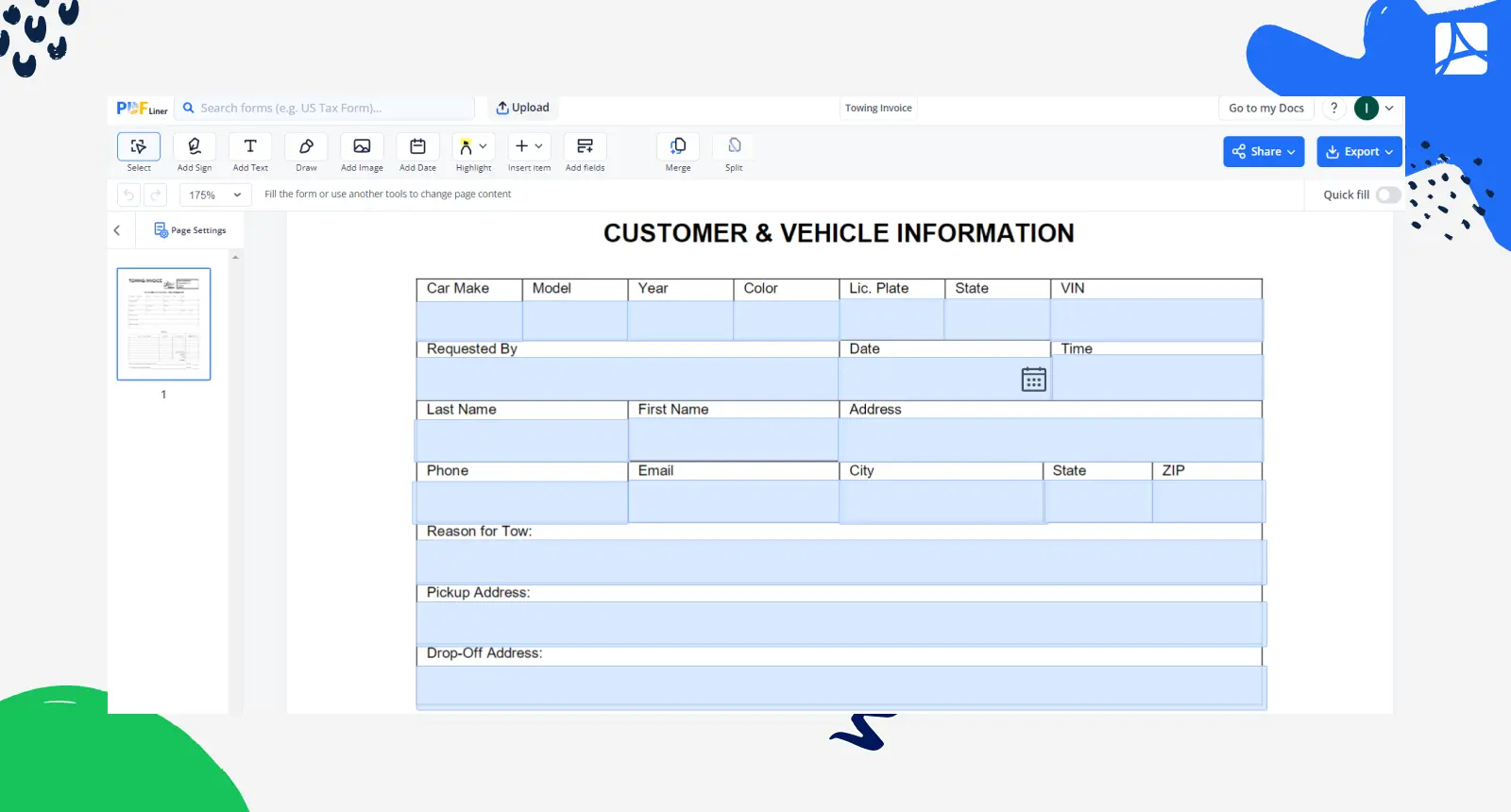
As you navigate the intricacies of invoice construction, the next step proves indispensable — infusing the form with crucial particulars. This stage goes beyond aesthetics, forming the bedrock of coherent transactions. Here's why it's important:
- Issue Date. A timestamp that solidifies transaction initiation.
- Due Date. Sets the pace for timely settlements, reducing delays.
- Invoice Number. A unique ID for effortless tracking and reference.
- Driver Name. Establishes a personal touch, strengthening client relations.
The amalgamation of these major elements cultivates a blueprint for transparent and efficient invoicing within your trucking enterprise, cementing trust and ensuring a seamless invoicing experience.
Step 4. Describe the Services & Cost
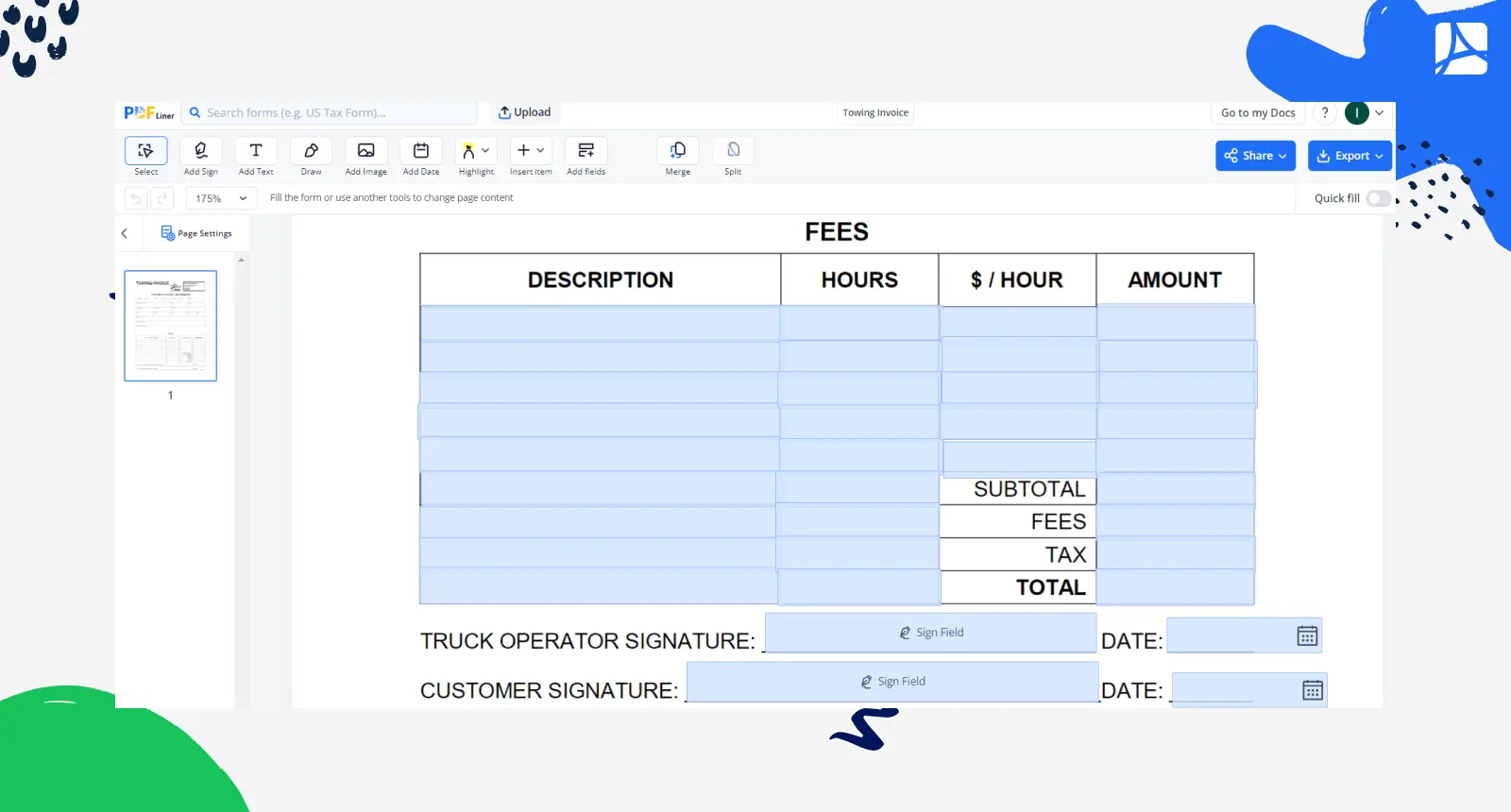
This step isn't just about the enumeration of services and prices. it's a linchpin in crafting comprehensible transactions. Here's why this phase is of great importance:
- Service Clarity. A meticulous breakdown assures that both parties comprehend the scope.
- Transparent Pricing. Explicit cost presentation eliminates confusion or doubt.
- Alignment. Aligning services and costs establishes trust and accountability.
Incorporating this elemental detail fortifies your trucking business's fiscal interactions, engendering lucidity and forging a foundation of confidence between you and your clients.
Step 5. Calculate the Balance Due
This isn't merely arithmetic: It's the harmonization of financial transactions. Its significance is crucial. Here are the benefits:
- Financial Clarity. Precision in balance computation eliminates ambiguity.
- Accurate Settlements. A correctly calculated balance ensures fair dealings.
- Timely Reminders. A clear balance due date prompts timely payments.
All this contributes to transparent invoicing, fostering financial trust and operational coherence in your trucking enterprise's affairs.
Tips for Trucking Invoices to Get Paid on Time
So, you’ve found a nice trucking invoice example online, adjusted it to suit your company specifics, and are planning to send it to your customers. Good for you. But did you know that some helpful tips on professional invoicing will help you get paid on time? Our experts have shared these tips with you below:
1. Use file management systems
Incorporating online file management systems such as PDFLiner into your trucking business is a strategic move that enhances invoicing precision. These platforms streamline the invoice creation process, bolstering accuracy and professionalism. With intuitive interfaces and cloud-based storage, they simplify data organization and accessibility, enabling prompt sharing with clients.
2. Establish clear terms
Clarity in terms creates grounds for mutual understanding, minimizing potential disputes and fostering trust. Unambiguous payment due dates, penalty clauses, and accepted payment methods ensure smooth transactions. Explicit terms act as a compass, guiding both sides of the deal towards transparent cooperation, ultimately contributing to a robust and efficient invoicing process within the trucking industry.
3. Invoice ASAP
Prompt invoicing showcases professionalism, speeds up cash flow, and strengthens client relationships. Timely invoices demonstrate your commitment to efficient service, skyrocketing your trucking business's reputation to stardom. Speedy invoicing not only accelerates revenue but also establishes a seamless flow of transactions, allowing your enterprise to thrive in a competitive landscape while maintaining a steady and reliable financial stream.
4. Offer multiple payment options
Diversifying payment options is crucial for your trucking business. Providing multiple payment methods ensures convenience for clients and speedy transactions. Catering to various preferences, such as credit cards, electronic transfers, and traditional checks, enhances customer satisfaction and encourages prompt settlements.
5. Keep records in order
Organized records streamline operations, aid in accurate financial analysis, and ensure compliance with regulations. Well-kept records facilitate swift decision-making, enhance transparency, and bolster your business's overall efficiency. This disciplined approach not only mitigates potential errors but also paves the road to informed strategies and successful endeavors, allowing your trucking business to navigate the complex industry terrain with confidence and precision.
6. Follow up steadily & politely
Consistent and polite follow-up is a cornerstone in any business invoicing. It demonstrates professionalism, ensuring invoices don't slip through the cracks. Polite reminders maintain open communication, resolving potential issues in the blink of an eye. This diligent approach portrays reliability, minimizing payment delays, and forging enduring client partnerships. By striking the balance between persistence and politeness, your trucking enterprise not only secures timely payments but also cultivates a reputation for conscientious and dependable service within the industry.
7. Build strong relationships with clients
Mutually beneficial cooperation fosters trust and open communication. This foundation ensures smoother transactions, facilitates prompt issue resolution, and encourages timely payments. A solid rapport enhances your business’s credibility, reinforcing a buttery smooth invoicing process and sustained success in the industry.
Trucking Invoice Examples
Below, you’ll find brief overviews of several types of trucking invoices, along with the already-filled-out examples.
1. Regular trucking invoice
A conventional trucking invoice is a formal document issued by a trucking company to detail services rendered to clients. Its primary purpose is to outline the specifics of the transportation services, providing a clear breakdown of charges, dates, and other pertinent details.
Here’s an example of an already filled-out regular trucking invoice:
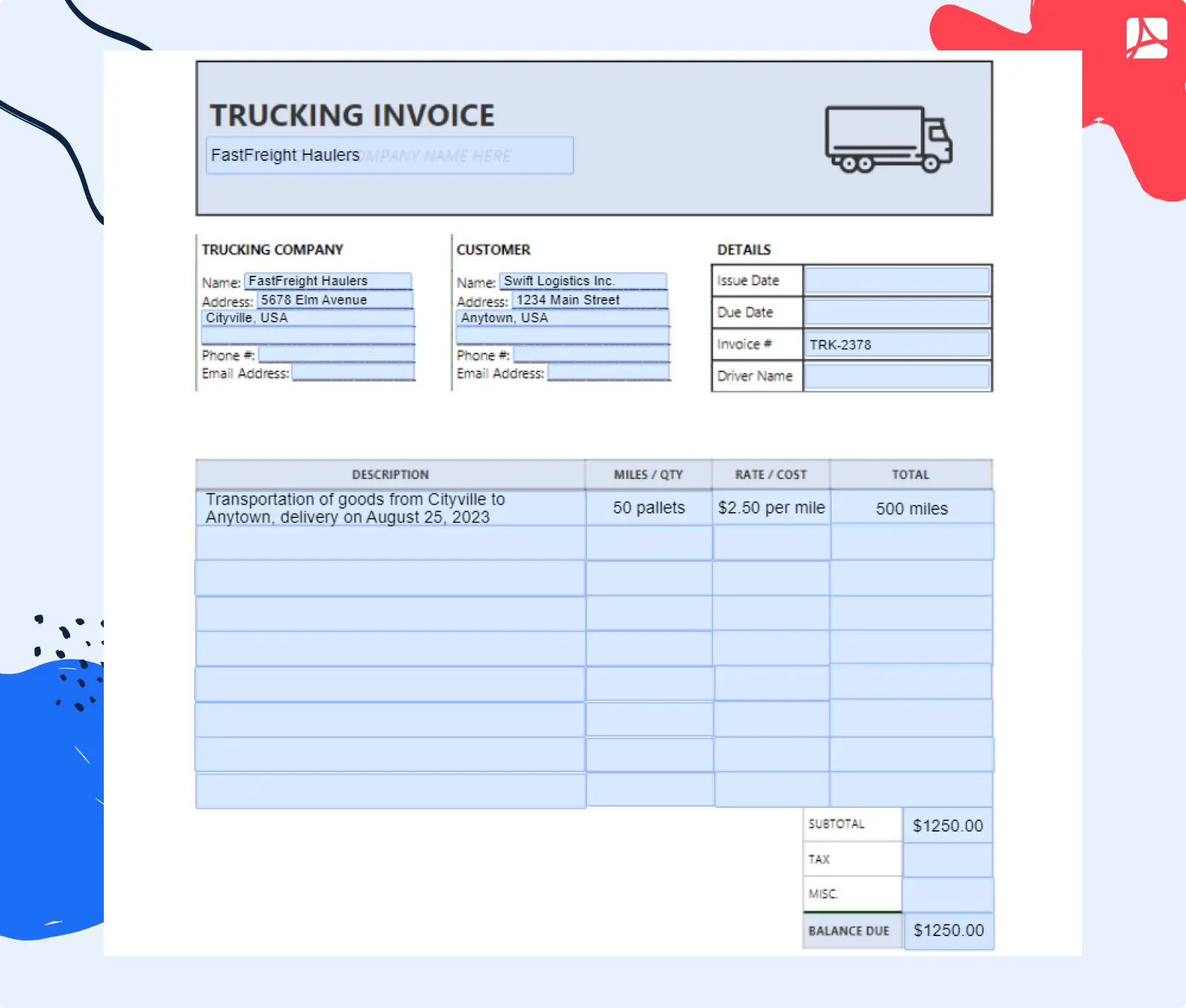
2. Dump truck hourly invoice
A dump truck hourly invoice is a specialized document issued by a dump truck operator or company to bill clients for transportation services based on an hourly rate. Its core purpose is to accurately record and charge for the time a dump truck is engaged in hauling and unloading materials.
Here’s an example of an already filled out dump truck hourly invoice:
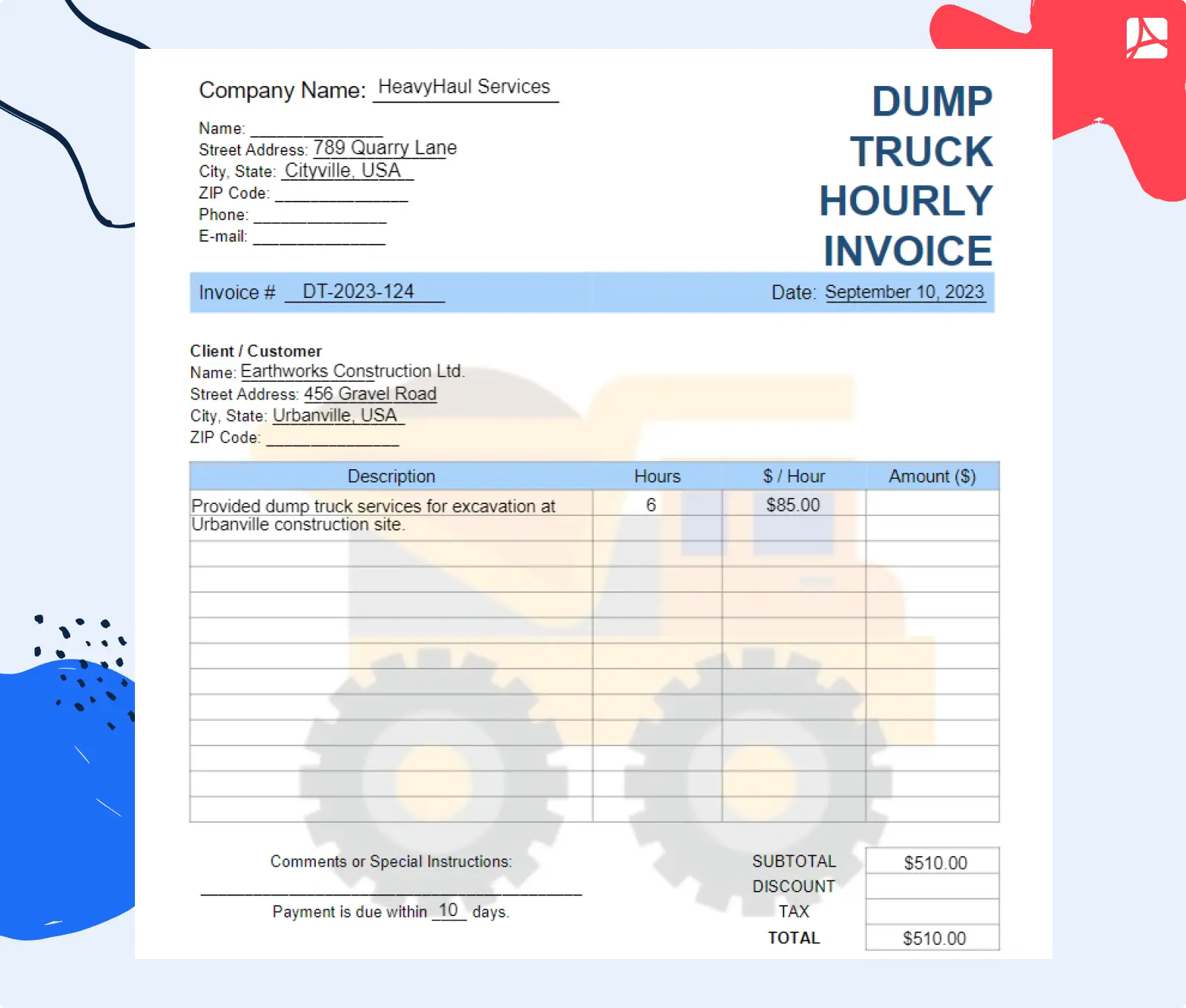
3. Truck repair invoice
A truck repair invoice is formal documentation used by repair shops or mechanics to outline the costs and details of the services performed on a truck. Its primary purpose is to provide a comprehensive breakdown of repairs, including labor, parts, and any additional charges.
Here’s an example of the already-filled-out truck repair invoice:
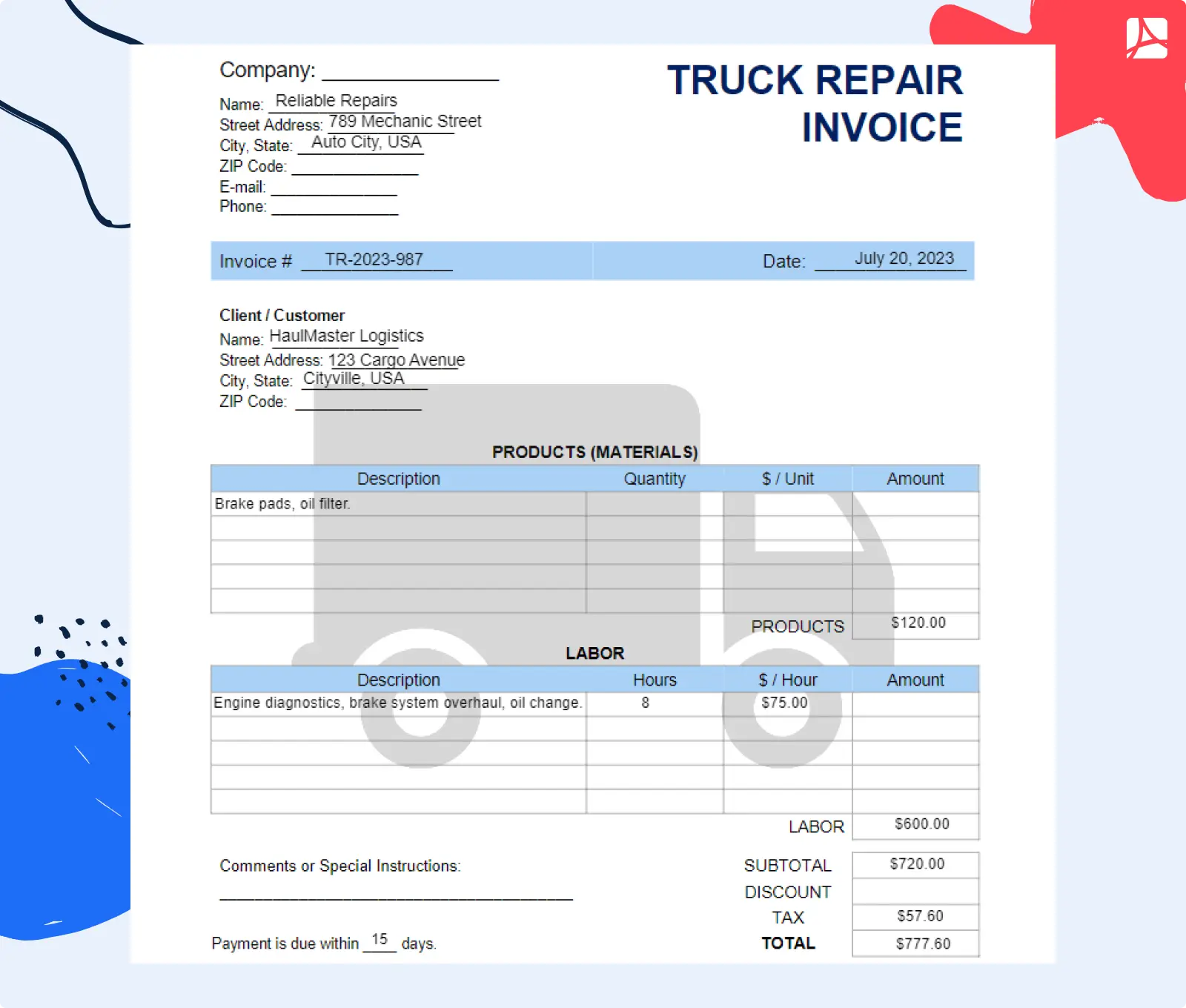
Should I use a truck invoice template or create my own?
Deciding between using a pre-designed form or crafting your own blank depends on your specific needs and preferences. Utilizing a template offers convenience and saves your precious time, as it's readily formatted with essential elements like company details, itemized services, and payment terms. This is particularly beneficial for businesses seeking a quick and professional solution. Conversely, creating your own invoice grants more customization, allowing you to tailor the design and content to match your branding and unique requirements. If simplicity and efficiency are priorities, a template is a practical choice, while those desiring a personalized touch may opt for crafting their invoice for a distinct and tailored invoicing experience.
What are the best practices for trucking invoice terms?
When establishing terms for trucking invoices, several best practices ensure clarity and smooth transactions. Begin by setting clear payment due dates, and promoting timely settlements. Include a detailed breakdown of the services rendered and associated costs, leaving no room for confusion. Implement straightforward payment methods to streamline transactions. Address late payment penalties and interest charges to encourage prompt payments. Maintain concise language and avoid jargon to enhance understanding. Regularly review and update your terms to align with industry changes. By adhering to these practices, your trucking invoices facilitate transparency, minimize disputes, and foster a professional and efficient invoicing process.
How can I customize the trucker’s invoice template?
Begin by infusing it with your company's logo and contact information for brand identity. Modify section headings to match your preferred terminology and layout. Adjust fonts and colors to resonate with your branding. Personalize the invoice numbering system for easy tracking. Incorporate or remove fields as required, such as service descriptions or payment methods. Ensure clear and concise language to enhance client comprehension. Most importantly, use an editable template that allows seamless adjustments to fields and content. And that’s pretty much your major answer to the ‘How do I create a simple invoice?’ question. This kind of customization empowers you to present a professional, branded, and comprehensible invoice for your trucking business.
Invoicing is Easy with PDFLiner
Speed up your work with our ready-to-use invoices
Create Trucking Invoice 605c8c8fb7890822b26ae412



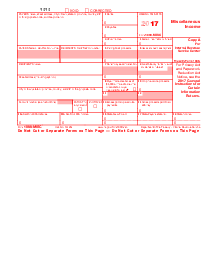











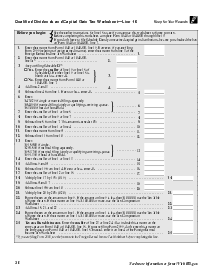
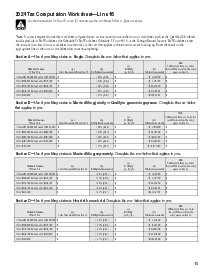

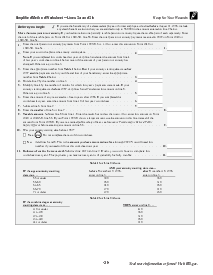

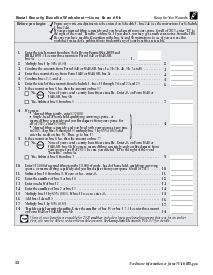

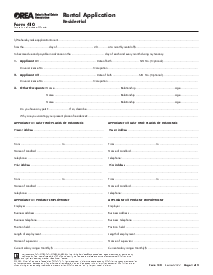


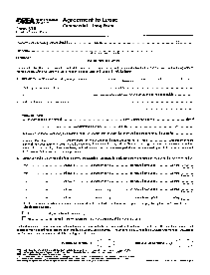
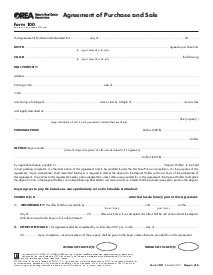

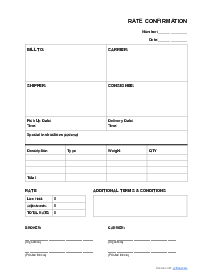
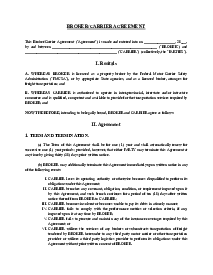

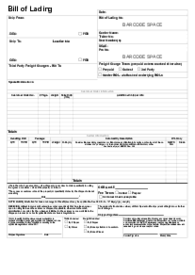

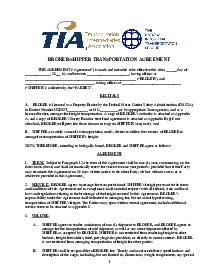
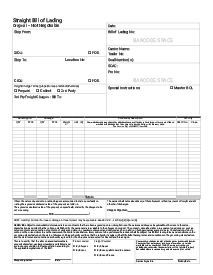
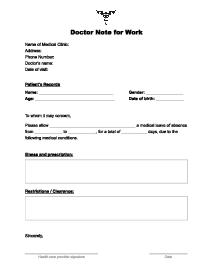

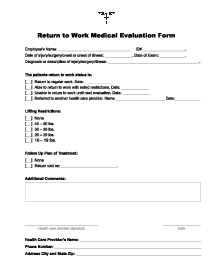


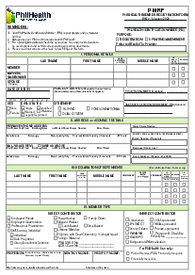

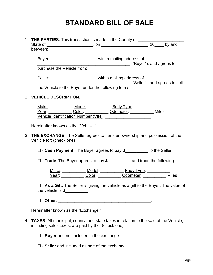

















.png)